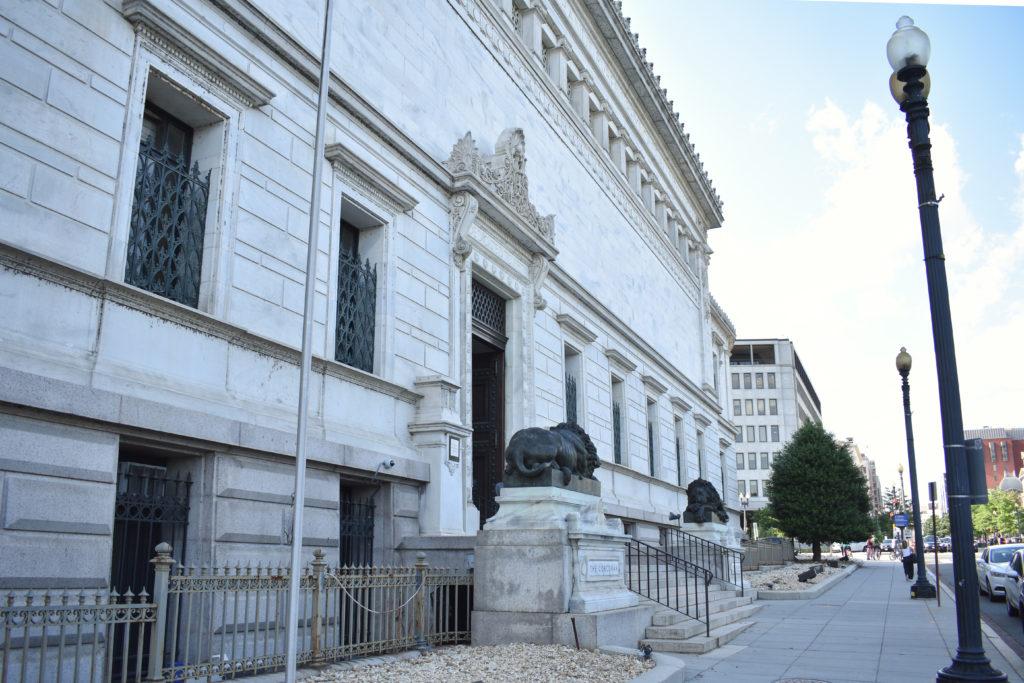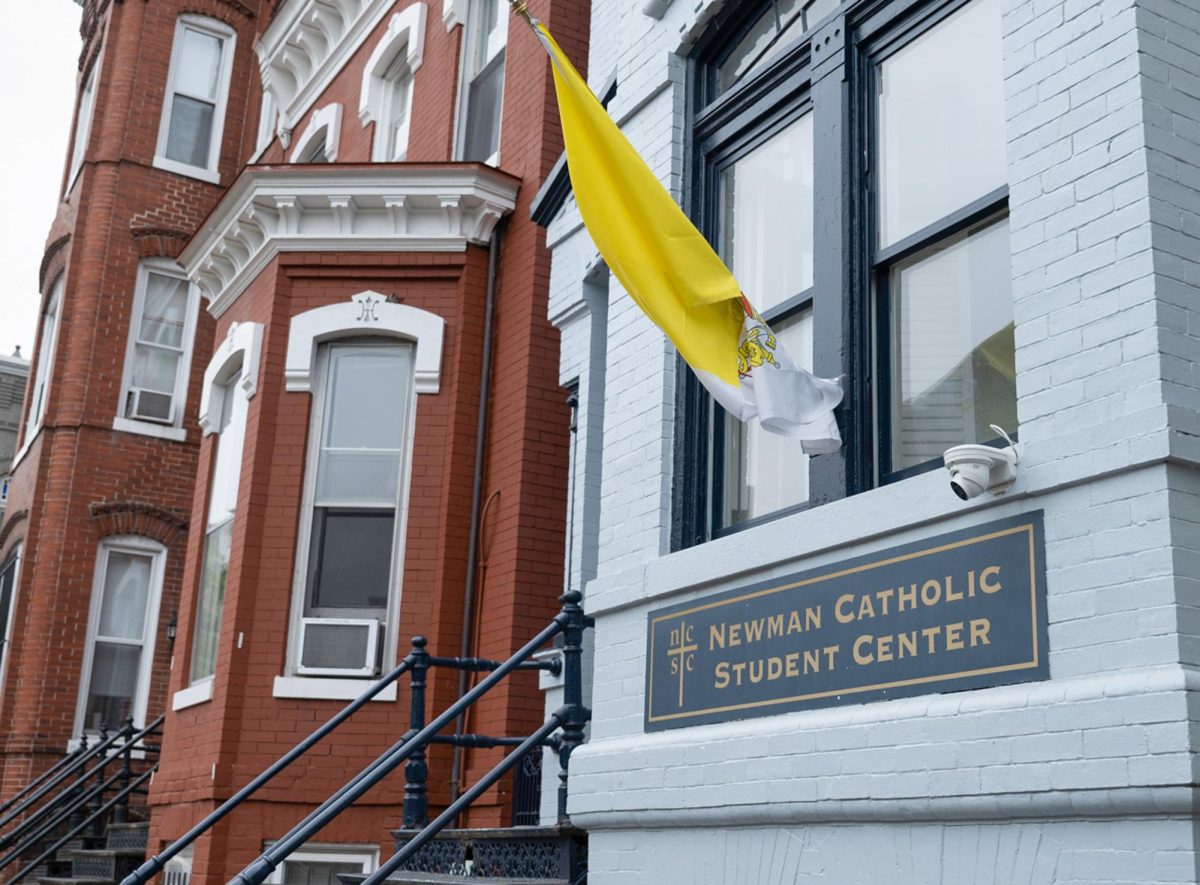Updated: May 23 at 8:44 a.m.
The Corcoran School of Arts and Design will shed light on the highly publicized cancellation of an exhibit from 30 years ago.
The exhibit, “6.13.89: The Canceling of the Mapplethorpe Exhibition,” will be showcased in the Flagg Building from June to October. The display will examine Corcoran’s decision to close photographer Robert Mapplethorpe’s exhibit, “The Perfect Moment,” in 1989 amid concerns that the display was inappropriate for visitors.
Mapplethorpe’s original work contained more than 150 photos of sexual acts and violence. The photographer was known for his provocative work and tendency to test social boundaries, like same-sex eroticism.
Sanjit Sethi, the director of the Corcoran and associate professor of ceramics, organized the exhibit with Gelman Library, where staff will sift through the archives and pull out newspaper clippings to display from the exhibit’s cancellation. The documents include “mundane” planning documents, angry call logs and press clippings about the cancellation, Sethi said.
“These documents provide a remarkable window into the interstitial world regarding this controversy,” he said in an email.
At the time, “The Perfect Moment” was partially financed by a grant from the National Endowment for the Arts, a government agency that was under fire from Congress for its grant policies that supported controversial artwork.
The school canceled the exhibit on June 13, 1989 – four months after Mapplethorpe died of complications from AIDS – to avoid triggering a political storm. Its cancellation sparked a discussion about artistic freedom and censorship.
Sethi said the Corcoran suffered a “significant fracture” to its “philosophical foundation” after the cancellation. The Corcoran did not become part of the University until 2014, when it was merged with the Columbian College of Arts and Sciences.
“At that point in time, the Corcoran Gallery came into conflict with the Corcoran College’s values,” Sethi said. “In order for the Corcoran to proceed as an educational institution dedicated to educating the next generation of cultural leaders, it has to exorcise one of the most significant ghosts of its past – namely the cancellation of this exhibition.”
The exhibit will feature archives that were closed off to the public in 2007 and reopened in 2016, when they arrived at GW, Sethi said. He said the documents that will be on display are being selected by two graduating master’s of art history students, Madeline Henkin and Arthur Foster.
“What makes this exhibition remarkable is the series of collaborations that it involves,” Sethi said. “This exhibition has been developed and produced in collaboration with students, faculty, alumni and community members to more clearly illuminate and reflect on this important moment in time.”
No original prints of Mapplethorpe’s work will be on display, Sethi said. But an invitation to the original exhibit that features the image, “Embrace” – a black male and a white male shown embracing wearing jeans and no shirts – will be shown. Sethi said an image of Mapplethorpe that was projected onto the exterior of the Flagg Building in 1989 in protest of the cancellation of the exhibit will also be on display.
“6.13.89” will be accompanied by a symposium on art and censorship in the United States and internationally to highlight the effects of its cancellation on the Corcoran and federal funding of the arts.
This post was updated to reflect the following clarification:
The Corcoran archives were closed off to the public in 2007 but reopened in 2016 after the school became part of GW.







